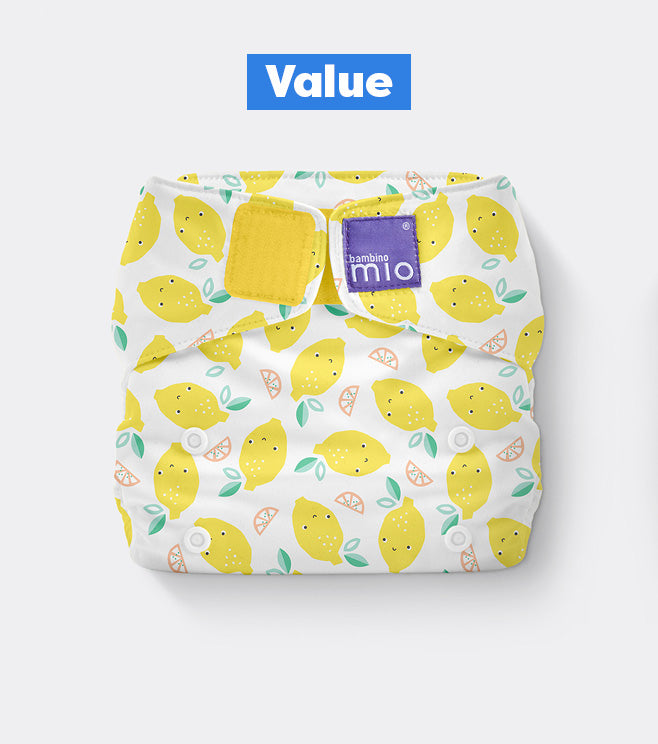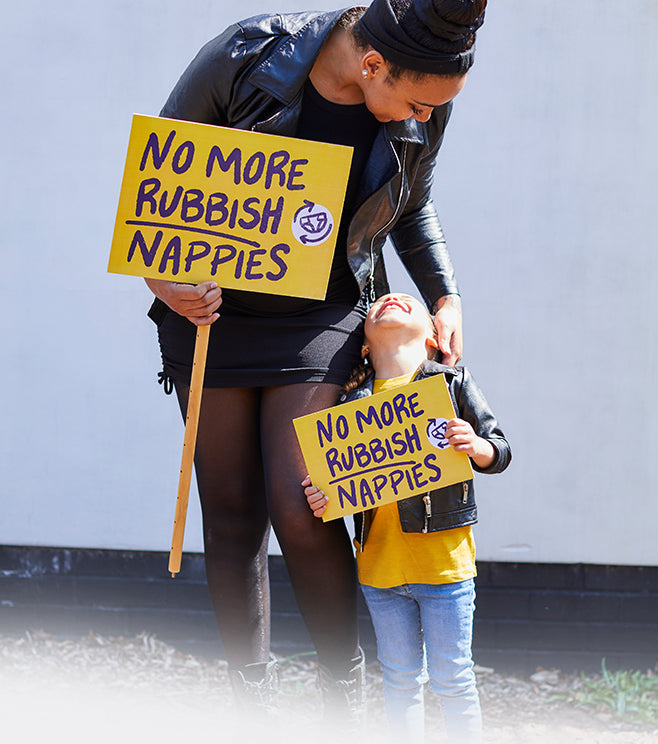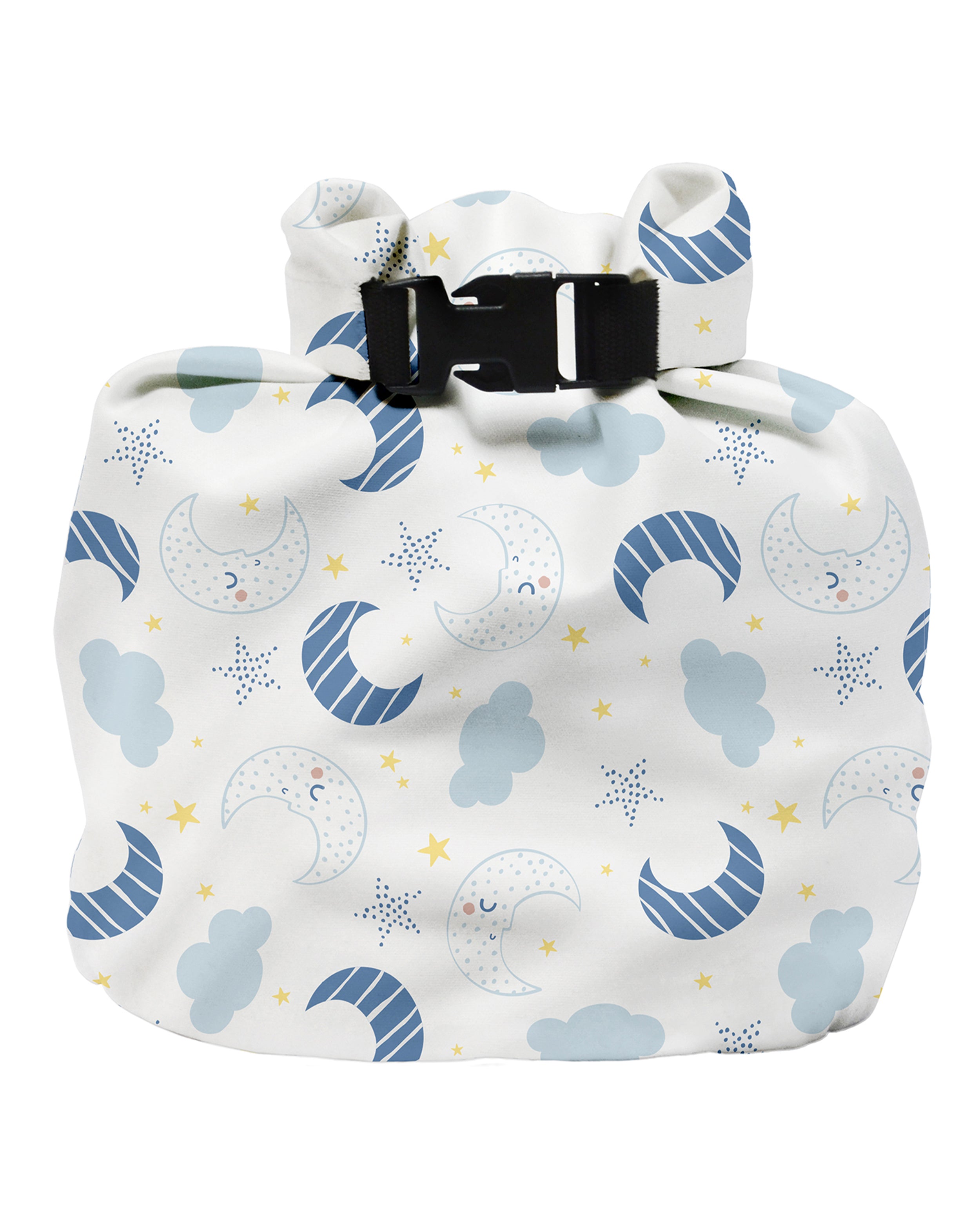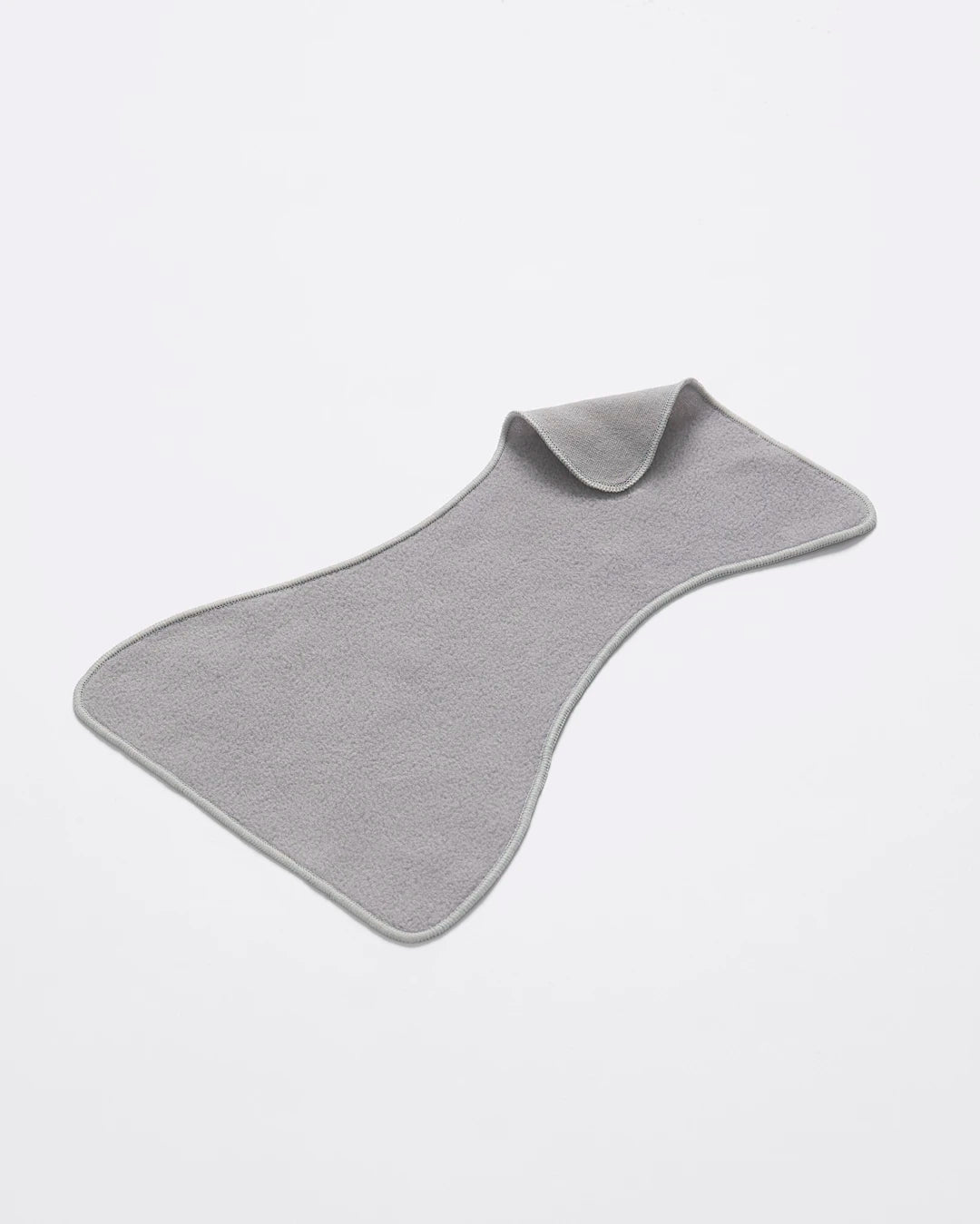Retained Placenta | Glossary of Pregnancy & Baby Term
Share Options
- Bambino Mio
- 09 / 08 / 2023
Inside this Article:
What is a retained placenta?
A retained placenta (1) is when the placenta doesn’t come out of the uterus after you’ve delivered your baby. It either fails to come out on its own or it leaves a small piece behind.
Is a retained placenta dangerous?
A retained placenta can lead to excessive blood loss after the birth and also to infections, which can be life threatening and which need antibiotics to clear up.
How is the placenta usually delivered?
After your baby is delivered, you also need to deliver your placenta and this is known as the third stage of labour (2).
Some women prefer to wait for their uterus to expel the placenta, which is known as physiological management of the third stage. This can take up to an hour, with your placenta detaching from your womb before uterine contractions expel it.
Alternatively, you might prefer to actively manage your third stage with an injection of Syntocinon, the synthetic form of oxytocin. This hormone helps your uterus to contract and expel the placenta. Active management of the third stage can shorten it to 30 minutes and help to reduce the risk of postpartum bleeds (3).
What causes a retained placenta?
Sometimes, it takes longer than the expected 30 or 60 minutes for you to deliver your placenta and so your midwife will deem your placenta to be retained. Reasons for a retained placenta include:
- Uterine contractions that are too weak to expel the placenta
- Your placenta is attached too strongly to your uterine wall
- You have placenta accreta (4) (the placenta is too deeply implanted into the uterine wall
- Your cervix has closed before the placenta is out
What are the symptoms of a retained placenta?
If you have a small piece of placenta left in your uterus then you may develop various symptoms in the days and weeks after the birth, including:
- A fever
- Heavy bleeding
- Pain
- Offensive discharge from your vagina
- Pieces of tissue coming out of your vagina
If you notice one or more of these symptoms, you must call your doctor as soon as possible. If your pain, fever or bleeding suddenly worsen, head to hospital immediately.
Can a retained placenta be prevented?
Your midwife or doctor will check your placenta once it’s delivered to make sure it’s in one piece. This check isn’t foolproof, however, so you should watch out for symptoms of a retained placenta.
If your team suspects some of your placenta has been left behind they may offer you an ultrasound to detect any remaining tissue in your womb.
How is a retained placenta treated?
If you’ve just had your baby, your doctor might treat a retained placenta by encouraging you to go for a wee, as a full bladder can “get in the way” of your uterus expelling the placenta.
Breastfeeding can help too, as it causes a natural release of oxytocin, which stimulates your uterine muscle.
If neither of these methods work, then your doctor or midwife might press down on your abdomen and gently pull on your umbilical cord.
If you still don’t deliver your placenta then you may need a surgical procedure to remove it. You’ll have either an epidural or a general anaesthetic, so you won’t be in any discomfort and you’ll need to be monitored for several hours to make sure you’re not bleeding too heavily.
Citations and References
- National Institutes of Health (NIH). National Library of Medicine. ‘Retained Placenta after Vaginal Delivery: Risk Factors and Management.’ 2019. Web. www.ncbi.nlm.nih.gov/pmc/articles/PMC6789409
- National Health Service (NHS). ‘Delivering Your Placenta.’ 2023. Web. www.nhsinform.scot/ready-steady-baby/labour-and-birth/giving-birth/delivering-your-placenta
- Royal College of Obstetricians and Gynaecologists (RCOG). ‘Heavy Bleeding After Birth (Postpartum Haemorrhage).’ 2016. Web. www.rcog.org.uk/for-the-public/browse-all-patient-information-leaflets/heavy-bleeding-after-birth-postpartum-haemorrhage-patient-information-leaflet
- National Health Service (NHS). ‘Low-lying Placenta, Placenta Praevia and Placenta Accreta after 32 Weeks.’ 2022. Web. www.uhsussex.nhs.uk/resources/low-lying-placenta-placenta-praevia-and-placenta-accreta-after-32-weeks




























